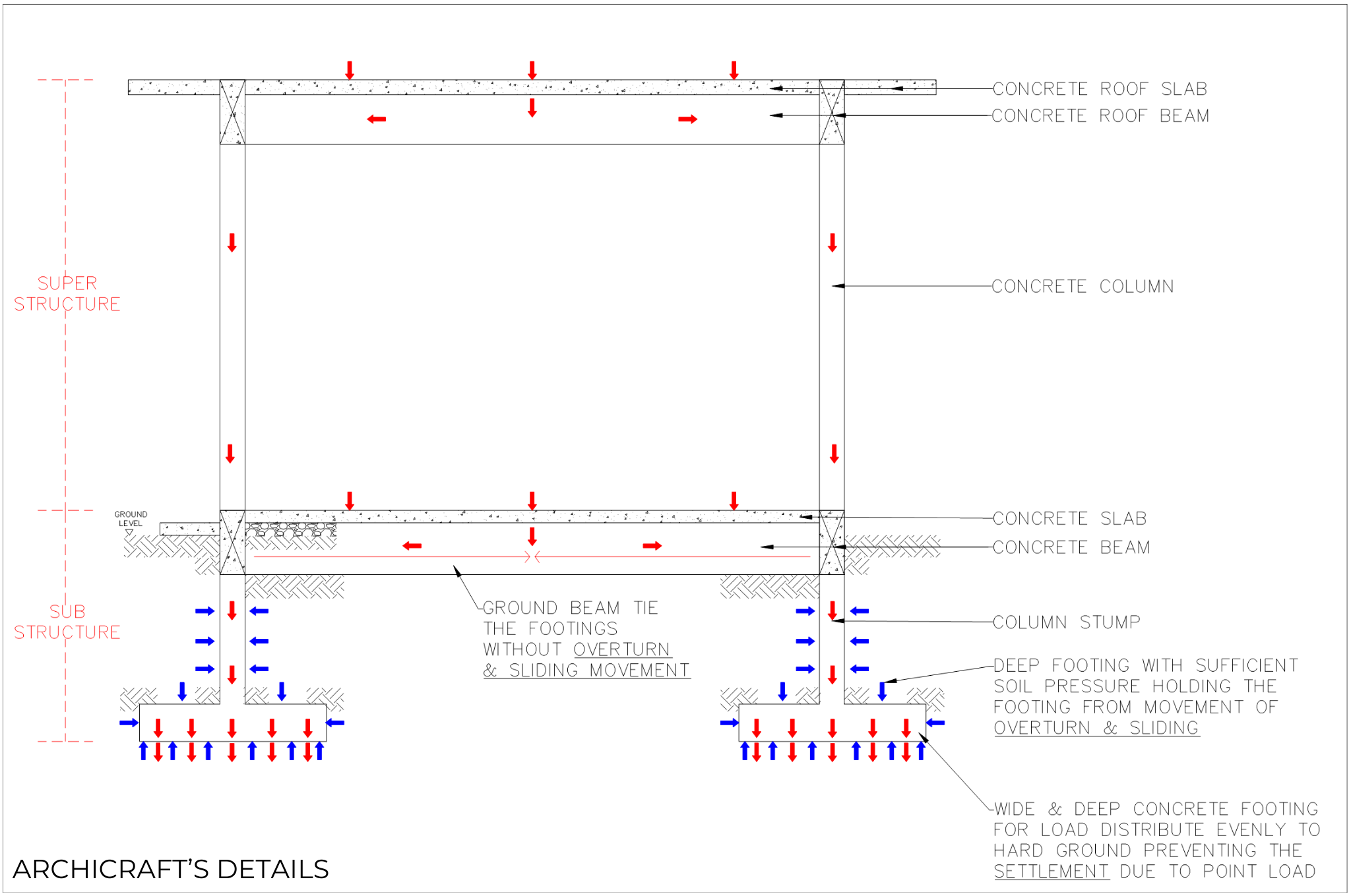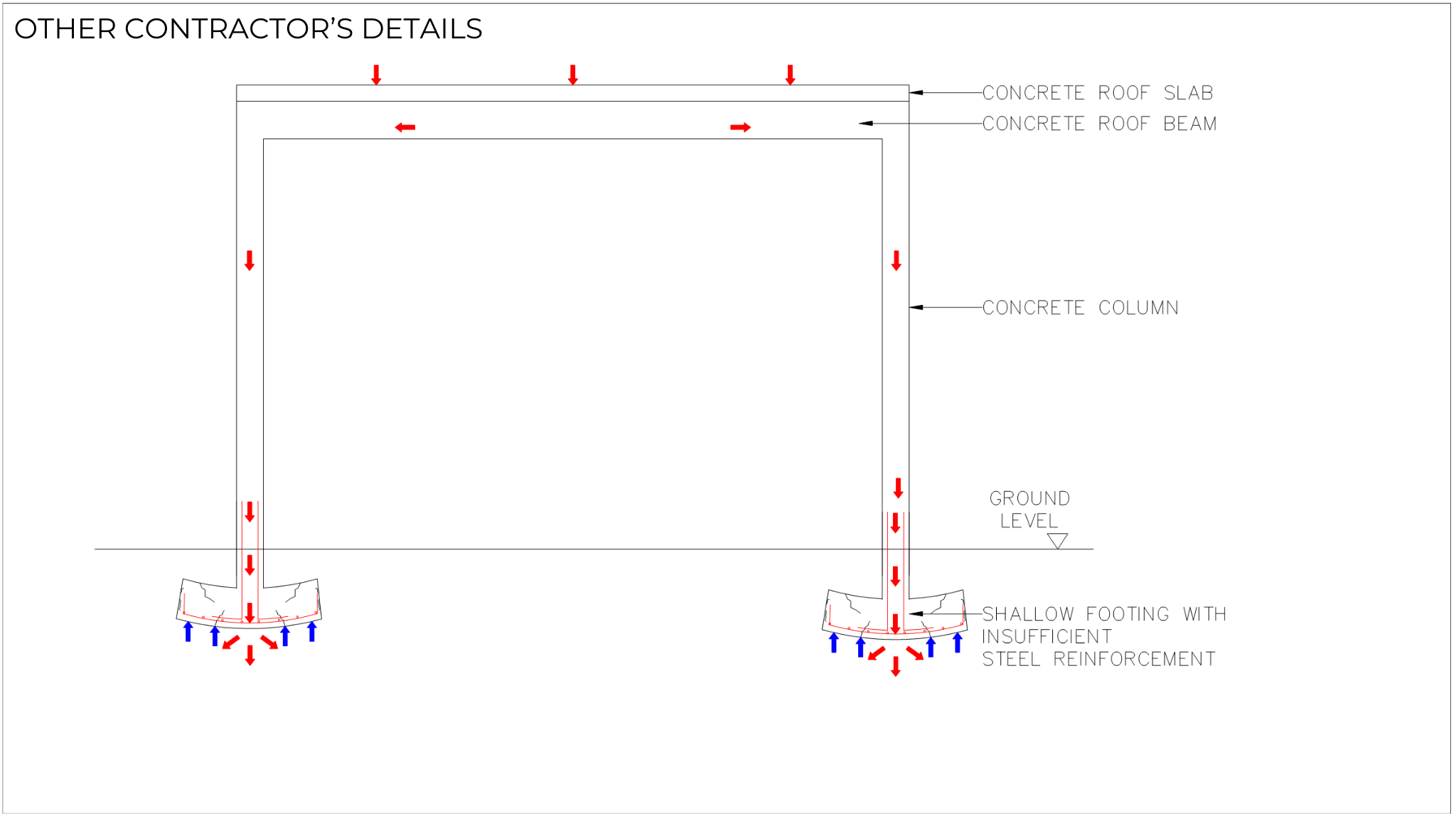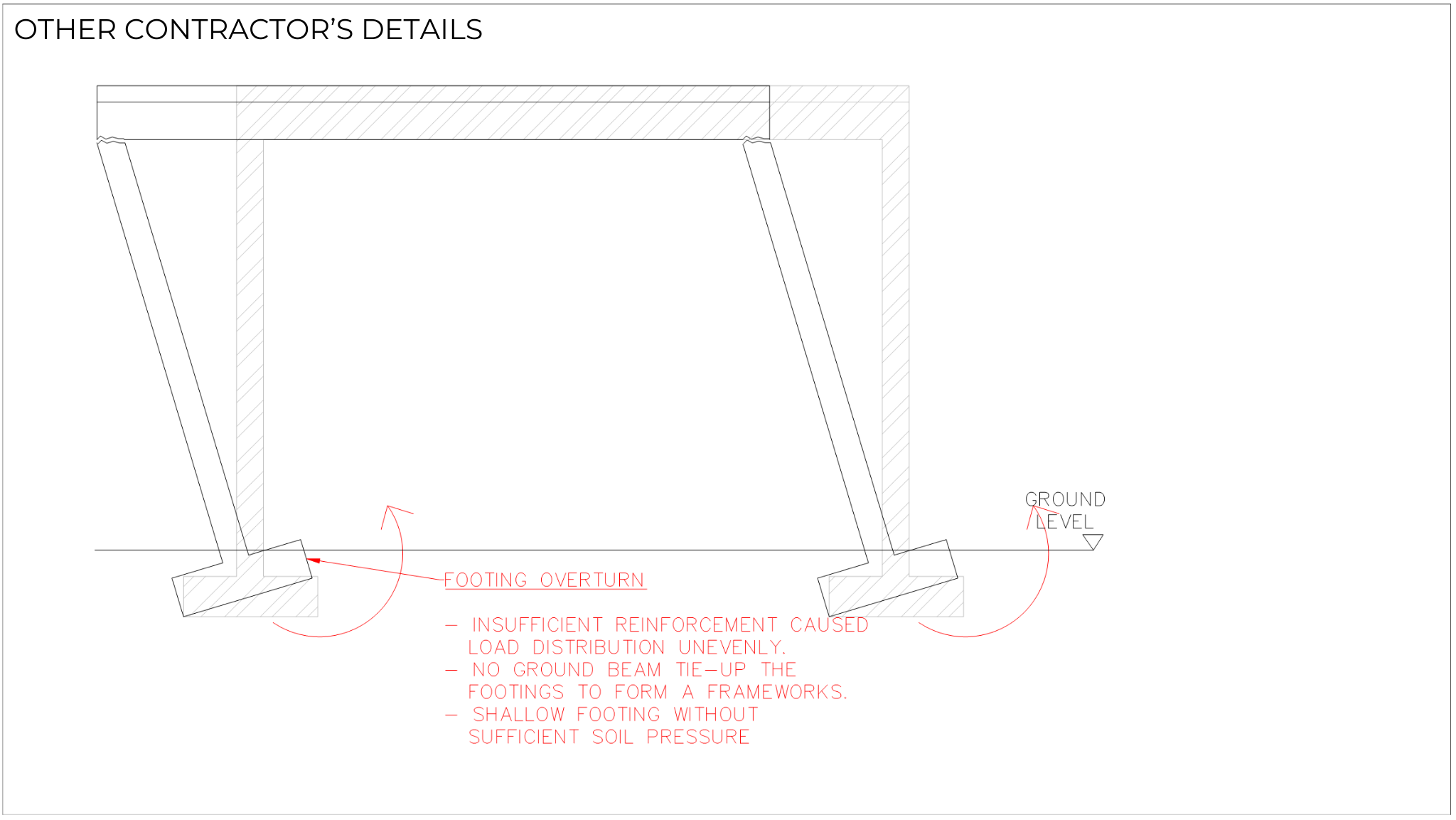WE ARE HERE, TALK TO US.


Project Management & Building Construction is a comprehensive discipline that integrates project management, construction knowledge, time management, and sequence of works to ensure that construction projects are completed efficiently, on time, within budget, and to the required quality standards.
Effective project management is the backbone of successful building construction, whether it's for house design, office interior design, architecture design, or renovation projects. It ensures that every aspect of the project, from planning to execution is completed on time, within budget, and to the highest quality standards.

The importance of detailed structural design lies in ensuring the safety, stability, durability, and functionality of a building. Each element plays a specific role in maintaining the overall integrity of the structure, and compromising on these details can lead to serious consequences, including structural failure, safety hazards, and increased maintenance costs. Properly designed and executed structural details are essential for the successful completion and performance of any construction project.






Today let us touch the surface of key elements in the structure of a building and their importance helps in comprehending the overall stability, durability, and functionality of the structure.
Structural details in construction are crucial for ensuring the integrity, safety, functionality, and longevity of a building. Each structural element has specific functions, and their detailed design is essential for the overall performance of the structure.


Ensuring materials meet appropriate standards is crucial in construction to guarantee safety, durability, and compliance with regulations. These standards are set by various national and international bodies and cover a wide range of materials used in construction.

Mechanical excavation
Mechanical excavation refers to the use of machinery and equipment to dig, move, and remove earth or other materials during construction activities. Mechanical excavation significantly enhances the capability to achieve and maintain the required foundation depth in challenging conditions where manual excavation would be inadequate. It ensures efficient, precise, and safe excavation operations, thereby minimizing the risk of compromising foundation depth and integrity.

Hardcore and soil compaction are critical elements in preparing a stable and durable foundation for construction projects. They provide essential support and stability, ensuring that the foundation can safely bear the structural loads of the building and resist settlement over time. Proper installation and compaction techniques are vital to achieving the desired foundation integrity and performance, contributing to the overall success and longevity of the structure.

Lean concrete plays a crucial role in providing a stable, cost-effective base for various construction applications. Prevents direct contact between the soil and the fresh concrete, thus avoiding sulphate attack on concrete and reinforcement corrosion.

Foundation
Sufficient steel reinforcement in footings enhances their load-bearing capacity, distributes structural loads effectively, strengthens against bending and shear forces, ensures structural integrity by preventing cracking and failure under load, and crucially, improves resilience against unpredictable loading conditions and environmental factors.

Deep foundations are essential structural elements used in construction to transfer loads from a building or structure to the underlying soil or rock layers. By extending the foundation to greater depths, the system reduces the risk of excessive settlement and differential settlement. This is particularly important in areas with soft or loose surface soils that cannot adequately support structural loads.

Hardcore backfilling is a critical aspect of construction, providing essential support, drainage, and stability around foundations and structures. Properly executed backfilling with hardcore ensures long-term structural integrity and performance by minimizing settlement and protecting against environmental factors like frost heave and erosion.

The damp-proof membrane plays a crucial role in construction by preventing moisture from infiltrating the structure, thereby protecting it from dampness, mold, and potential damage caused by water ingress. This membrane enhances the longevity and durability of buildings by creating a barrier within the foundation or ground slab, effectively shielding structural elements from moisture-related deterioration. By serving as a protective layer, it ensures that the building remains structurally sound over time, mitigating risks of degradation and maintaining a healthier indoor environment free from damp-related issues.

Utilizing a single cast of concrete to minimize joints offers numerous benefits, including enhanced structural integrity, improved durability, aesthetic advantages, construction efficiency, and potential cost savings. These advantages make it a preferred method in many construction projects seeking to achieve robust, long-lasting concrete structures. Vibrating concrete is a fundamental technique in construction that enhances the quality, durability, and efficiency of concrete structures. By compacting freshly poured concrete effectively, it improves strength, reduces porosity, and enhances overall performance, making it essential for achieving long-lasting and resilient buildings and infrastructure.

Column Plumb Check
Ensuring columns remain perfectly vertical is critical for maintaining the stability and structural integrity of buildings, as misalignment can weaken the structure over time. The column plumb check process involves continuous verification and adjustment of column verticality during construction, ensuring the load path remains straight and that columns perform as intended. This meticulous monitoring and adjustment not only prevent structural weaknesses but also guarantee that the building maintains its design integrity, enhancing overall safety and durability throughout its lifespan.

Floating Column Details or Special Structure Details
Floating column details are essential in architectural designs where columns do not extend continuously from the foundation to the roof, serving a critical role in achieving unique aesthetics and functional interior layouts. These structural elements transfer loads from columns to beams or other structural elements rather than directly to the foundation, necessitating careful design and reinforcement to ensure stability, efficient load distribution, and overall structural integrity. By incorporating floating column details effectively, architects and engineers can enhance both the visual appeal and functional flexibility of buildings while ensuring they meet rigorous safety and performance standards.






Each of these elements plays a crucial role in the overall stability, strength, and functionality of a building. Proper design, implementation, and integration are essential for the safety and durability of the structure.









